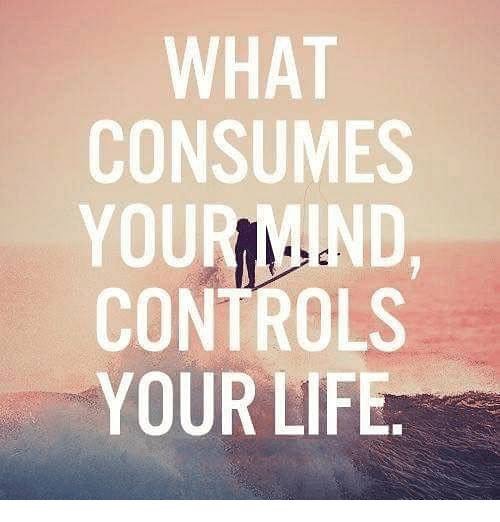
I just had an ah-ha moment while reading this in A Course in Miracles (ACIM): “Learning is invisible, and what has been learned can be recognized only by its results.”
Why did this strike me as so significant? I used to think doing God’s will required visible effort that resulted in some abstract enlightenment or bliss.
Now I see that perhaps we best follow God’s will by first seeking invisible learning, and then witnessing the amazing visible results. To paraphrase ACIM, God’s presence can become compellingly real to us as it becomes manifest through our healed, loving behavior.
12 Steps to Learning and Results
The 12 Steps illustrate this process beautifully, as they teach us that a higher power can do for us what we can’t do for ourselves.
Steps 1-3 (admitting powerlessness, gaining strength through a higher power). As we learn about our personal powerlessness and a force greater than ourselves, we notice surprisingly visible changes in our lives: we’re enjoying meetings; we’re seeking out healthy, sober mentors and friends; and most important, we aren’t practicing our addictive habits (drinking, using, codependency, gambling, overeating, etc.).
Steps 4-9 (taking a moral inventory, addressing character defects, and making amends). As we learn to take responsibility for our self-centered fears, motives, and actions, we magically begin to act more generously towards ourselves and others. In short, our invisible internal changes precede our visible outer changes.
Learning Requires Action
Does this mean that we don’t take actions to foster our learning and internal growth? No! In 12-step programs, we choose to go to meetings, read the literature about our disease, and meet with a sponsor to take the steps. Our willingness to make these choices is a gift of grace.
Through these actions we begin to learn—to change inside. And those changes manifest through visible results. One might say that this quiet, spiritual learning shows up “in living color.”
Talk to anyone who’s been following the 12-step path, and you’ll find they’ve gained not only freedom from their addiction; they also have the families of their dreams, amazing jobs, peace of mind, and an enjoyment of life. In my case, after three divorces I’ve been happily married for 31 years, plus I’ve published an award-winning book. Amazing!
But what about the hard times? Even when the shit hits the fan, our spiritual learning makes us more resilient; we bounce back, better than ever. For example, we can deal with the painful effects of death, illness, job loss, divorce, and money troubles with the support of a higher power and the friends who stream loving care into our lives.
We Don’t Learn Alone
But there is one catch to spiritual learning: we can’t do it alone. We need teachers, guides, and buddies to visibly demonstrate a new way of being. Their example motivates us to learn what we need to get the same amazing results.
The step 11 Prayer of St. Francis best expresses this new life. We sow love instead of hatred, pardon instead of injury, faith instead of doubt, hope instead of despair, light instead of darkness, and joy instead of sadness; we seek to console rather than be consoled, to understand rather than to be understood—and most important of all—to love rather than to be loved.
Finally, step 12 teaches us to give it away; to foster others’ learning so they may also manifest the miracles of recovery. As we know, what we give returns it to us ten-fold.

My award-winning book, 50 Ways to Worry Less Now describes how to reject the faulty thinking leading to addiction, dysfunctional relationships, perfectionism, and worry about loved ones. Check out the practical directions, personal stories, and other helpful suggestions. Amazon: 4.8 stars (Buy Discounted Paperback, e-book, OR audiobook HERE)

Gigi Langer has been sober 35 years, and holds a PhD in Psychological Studies in Education from Stanford University. Formerly crowned the “Queen of Worry,” Gigi resigned her post many years ago and now lives happily in Florida with her husband, Peter and her cat Murphy.





